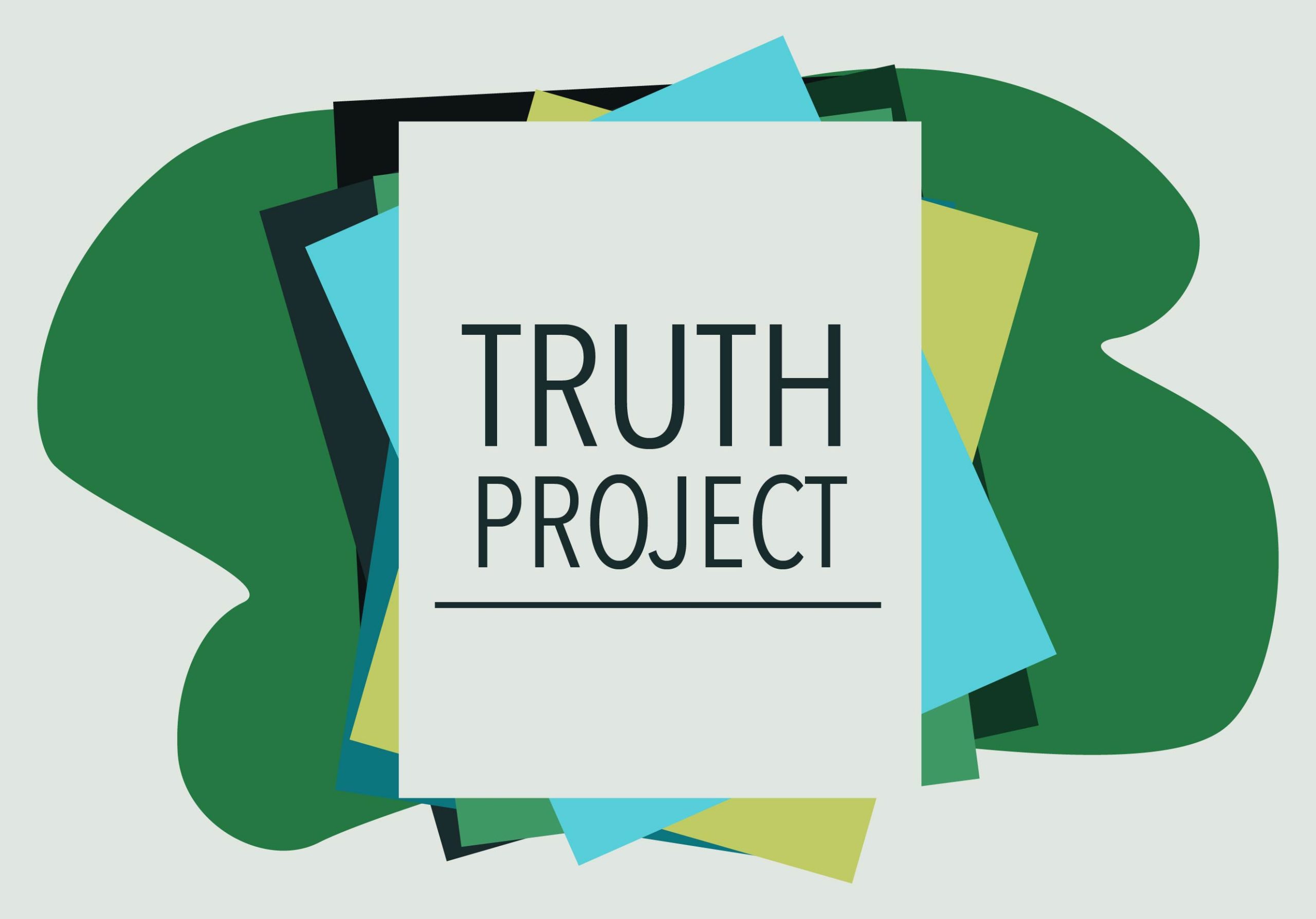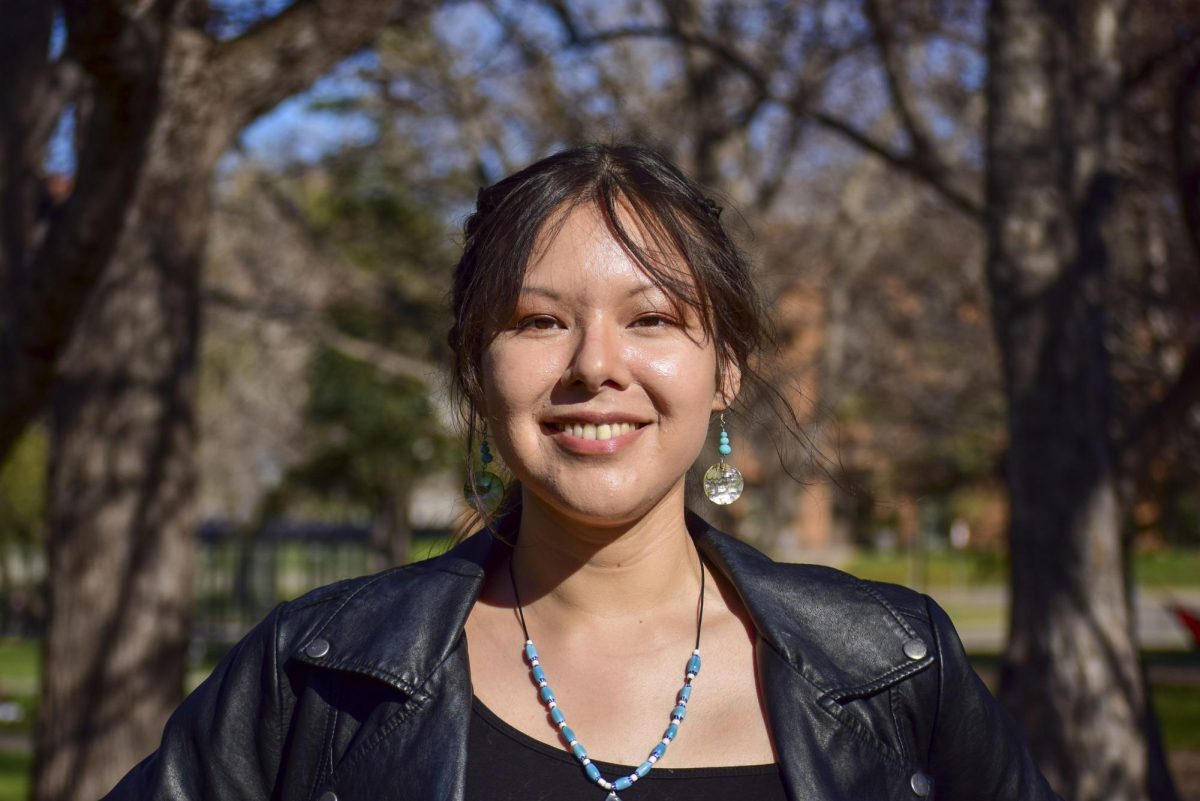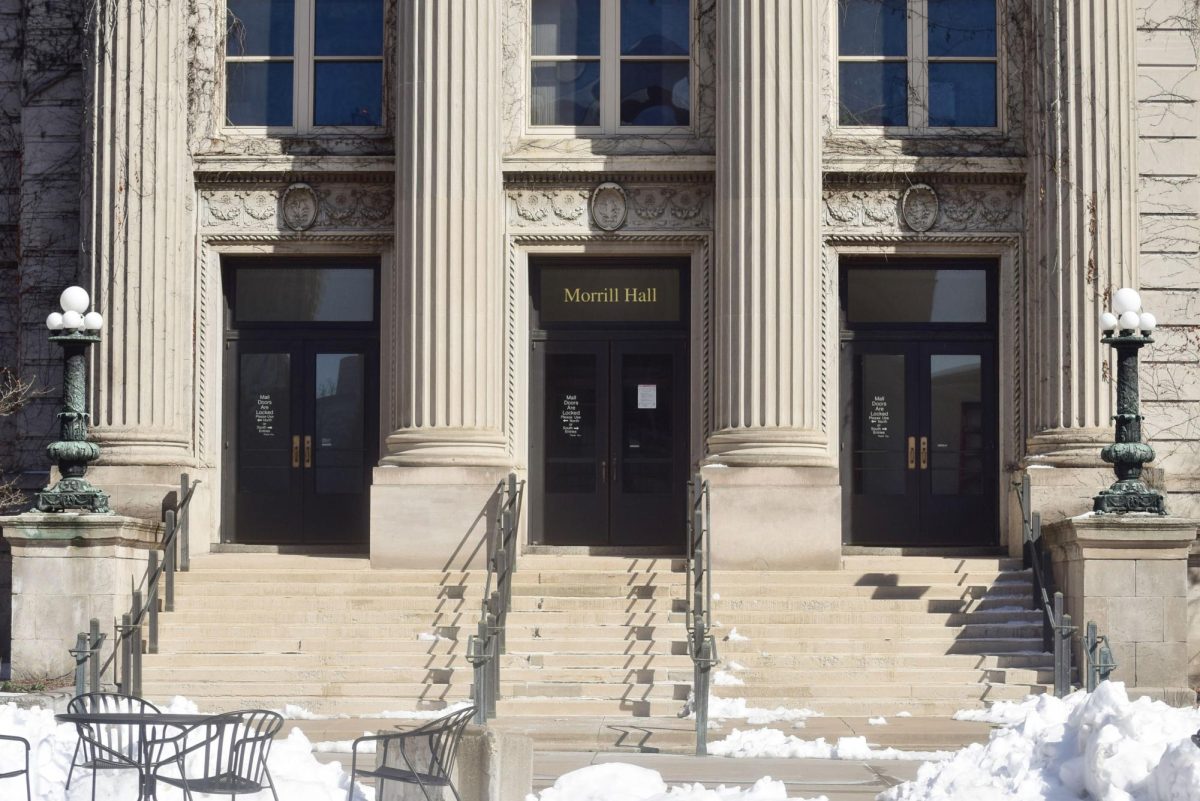The University of Minnesota-Twin Cities’ “land grab” history has sparked debate and calls for accountability as revelations of displacement and acquisition surfaced in recent years. Now, one year after the Toward Recognition and University-Tribal Healing (TRUTH) Report was released, the University is being called upon to address its history of wrongdoing.
When Minnesota was still a territory, Congress granted it two tracts of land for the endowment of a university. Today, the University spans over 1,300 acres and has over 50,000 students, widely considered to be one of the most successful schools in the country.
What is often overlooked is the destructive history of the University as a “land grab” institution, the TRUTH Report outlines, revealing its complicity in the removal and erasure of Indigenous people.
Interim President Jeff Ettinger will provide his recommendations to the Board of Regents in June, Ettinger wrote in an email to The Minnesota Daily.
The University plans to take initial steps toward implementing some of the TRUTH Report’s recommendations, Ettinger said in the email.
Archivist Erik Moore wrote in an email to The Daily the TRUTH Report is the best source to understand how the University benefited and profited from the ethnocide and genocidal policies, as well as the actions and beliefs of political leaders and University regents.
American Indian Studies Professor Nick Estes said there is a lot of wealth, capital and infrastructure invested into the University, and it was only possible to reach this level of prosperity by taking away the land livelihoods of the people who lived here.
“Crow Creek — I’ve got family from there — it’s one of the poorest places in the United States and they don’t have the kind of infrastructure that this university has,” Estes said. “They are categorically excluded from even the auspices of the TRUTH Report because they’re not in-state tribes and were removed by federal law.”
Estes added there is a lack of education on the impact of settler colonialism in the U.S.-Dakota War, the removal policies and the policies of starvation and genocide. He said the exile of the Dakota, Ojibwe, Cheyenne, Winnebago and Ho-Chunk people from Minnesota territories is ill-understood and inadequately addressed.
Estes said it is impossible to extricate oneself from the state’s history, and people who are beneficiaries of the land are not removed from the process. He said the land collects interest and annuities over time and was meant to pay settlers in perpetuity.
“The original wealth was from the land grant, amongst other things, but a good portion of it was from the land grant,” Estes said. “The wealth of the university and the wealth of the state today can be tied back to that original time period and there needs to be an acknowledgment of that.”
University of Wisconsin-Stevens Point archeologist Ray Reser said land acknowledgments are a “get out of jail free card” for most universities or public or private entities. He said he had been asked to write or help draft a lot of land acknowledgments.
“The problem with them is, it really is an easy way to say we recognize this land was taken or stolen and we feel kind of bad about it,” Reser said. “We have no intent of giving any of it back, we have no intent of actually making this right.”
Reser said he observed Wisconsin tribes that are sick of the land acknowledgments because, in part, there is no recognition of the opportunity and wealth that has been lost in the native community.
“For the Native community here in Wisconsin, many of them say, look, there has never been a formal recognition or apology from the feds or the state,” Reser said. “The state was absolutely complicit in taking native lands, and they’ve never even admitted it.”
The TRUTH Report
The TRUTH Report is a 554-page research document detailing the historical injustice against Native people. The report draws on academic literature, financial, legislative and archival records as well as Indigenous oral history to make policy recommendations to improve University-Tribal relations, the project reads.
The TRUTH Report details the University’s founding as a “land grant/grab institution” as, in 1851, it extracted vast amounts of wealth from Tribal Nations. It also cohesively describes the scale of institutional harm perpetrated including forced removal and execution, economic oppression, unethical research on Native children and other forms of cultural erasure.
“The institution must account for perpetual harms and enact policies that prioritize and maximize the benefits to Indigenous peoples,” the TRUTH research team wrote in a press release statement after the report was released.
The Morrill Act
The 1862 Morrill Act, signed by President Abraham Lincoln, allowed states to establish public colleges through the sale and development of federal land grants. According to the National Archives, 10 million acres of these lands were taken from Native Americans through forced treaties, agreements and seizure.
The Act redistributed 80,000 parcels of land across 24 states, taken from almost 250 tribes and over 160 land cessions. The University received almost 95,000 acres through the Morrill Act, most of which were ceded by the Dakota in an 1851 treaty, according to the Urban and Regional Affairs Center.
Estes said the Morrill Act was a method of seizing Native land to build starting capital for public institutions at the expense of Native people. The land sold was essentially a bank or lending agency, and the University continued to build profit through land sales and interest on stolen land.
“The land grant sales became the starting capital not only for the University but also for the state of Minnesota,” Estes said. “That money was bonded out to local municipalities and counties to build roads, bridges and infrastructure of the state itself at the expense of Native people.”
Minnesota profited more than any other state from Morrill Act land sales despite receiving less land from the federal government, according to the TRUTH Report. TRUTH researchers wrote that this was due to human rights abuses and the founding regent’s misuse of power.
“Bozich’s analyses place the return at its lowest $50 million and at the highest $225 million, with access to upwards of $100 million in reinvestment capital made from the compounded interest from the original sales,” the report reads.
The Morrill Act says the money made from land sales must be used in perpetuity, meaning those funds are still on University ledgers today. A 2014 study showed these lands continue to generate value for universities, even calling such lands “the gift that keeps on giving.”
The Morrill Act presented a “rich solution” to the University’s extreme debt it had accrued only being open for a few years, according to the Truth Report. The University regents at the time were able to use the Morrill Act to obtain and sell Dakota lands to create a “Minnesota Windfall,’ a term used to describe the University usage of Morrill Act land to continually build profit.
Reser said that according to the TRUTH Report, some land taken under the Morrill Act was never sold, developed or used. Universities hold a lot of land which could go back to the tribes.
“As High Country News went over it, a bunch of that money is still sitting in University coffers and they’re making interest on it,” Reser said, referring to a non-profit news site.
How settlers stole land
Minnesota was primarily occupied by Dakota, Ojibwe and Metis people before the 1850s, and most colonists were fur traders and government agents, according to the TRUTH Report. The report reads the federal government acquired millions of acres of land from the Indigenous people through various treaties between 1805-1889.
Geography professor Roderick Squires said that after the Revolutionary War, the Land Survey system was used to divide and sell plots of land to various people. The survey was a way to identify boundaries and location of a parcel of land that then could be transferred from the federal government to private interests, he added.
Squires said the land division system could only occur when American Indians ceded their land.
“The survey was a way to colonize empty land, called empty land, i.e., no white people,” Squires said. “The federal government owned all the land right after they extinguished the Indian title.”
American Indians had an “aboriginal title” based upon use and occupancy, as opposed to the European American concept of land ownership with documents or written records, Squires said. The deliberate federal removal policy, post-1832, was a result of the recognition that the Indigenous populations had a right to occupy and use the land, he added.
“It was a recognized form of ownership, not based on records, but based on occupancy and use, which had to be extinguished,” Squires said. “That’s certainly been the Anglo-European way of doing things.”
Archivist Erik Moore said in an email to The Daily that the location of the University today originates from an 1854 land title purchase by then-Board of Regents president Franklin Steele. The University’s first location was near St. Anthony Falls between First and Central Avenues. Business ventures and associates of members of the original Board of Regents were deciding factors in the original location, he said.
“The regents used their position and influence to locate lands they believed to be particularly profitable,” Moore said.
Estes said the first Board included political leaders and military leaders, such as second Governor of Minnesota Alexander Ramsey and Congressman Henry Hastings Sibley.
Ramsey called for the killing and removal of the Dakota during the 1862 Dakota War and stole from the Dakota’s agreed-upon treaty payments while pressuring them to sell their land, Estes said. Sibley had a role in the formation of the treaties which divided up Dakota land and illicit “trader clauses” placing the Dakota people further into debt.
The TRUTH Report included Ramsey’s 1862 message to the Minnesota Legislature, “the Sioux Indians of Minnesota must be exterminated or driven forever beyond the borders of the State.”
Estes said it was settlers who first introduced the concept of private debt to the Dakota people and that there was no word for debt in the Dakota language until the fur trade and the introduction of treaties. People did not fully understand what they were doing when they signed their land away, he added.
“When we think of any treaty in the world that’s ever been made, both parties or all parties have equal interpretation to that treaty,” Estes said. “But so far, we’ve only really seen a kind of a U.S. interpretation that trumps an indigenous or a Dakota interpretation of those treaties.”
Moving forward
Former Morris Student Body President Dylan Young said the report gives a very detailed overview of the University’s exploitative relationship with the tribes, and there is an argument to be made that the University should be doing more to improve tribal relationships and reach a cultural and historical moment of truth, healing and reconciliation.
“Personally, as a Native American student at the University of Minnesota-Twin Cities, I think that the recommendations give a pretty strong overview of what we as Native students would want from the University,” Young said.
Young said the Native American experience was very positive at the University of Minnesota-Morris. He said he also wants to see more Indigenous representation, Native American and BIPOC housing security, and especially University efforts to address its history of wrongs.
Reser said the University was one of the most egregious offenders, although every state is complicit. Now that the information is out, we can identify the extent of what happened and continues to happen, Reser added.
“I can tell you after putting in 40 or 50 years on this stuff, the Native communities are exactly right in what happened here,” Reser said. “I think we as a country need to face what we did and figure out how to repatriate some of that land, or, you know, try and make it whole.”
Reser said that right here in Minnesota there is a template to do things right. In the largest land back agreement in Minnesota, the Bois Forte band of Chippewa restored over 28,000 acres of land to tribal ownership within its reservation, Native News Online reported.
Reser said that to move forward, you need to do justice to what actually happened, rather than shy away from painful conversations. People are sad, pissed off and frustrated, he added, but giving land back or addressing harms would be incredibly impactful for the tribes.
“Let’s give these guys a seat at the table,” Reser said. “Let’s look at what we can do differently, you know, what could we give back?”
This article has been updated.






